|
by Dark Watcher |
|
|
In Japan it appeared as if the PlayStation 2 gained many hardware sales by being a low costing DVD player. Nintendo partner
Matsushita saw an opportunity to also cash in. The result? The Panasonic Q. A machine that combines a
Nintendo
GameCube and Panasonic DVD player into one. The Panasonic Q was only sold for retail in Japan, however it can be purchased through import retailers. To help garner the attention of import consumers, establishments such as Upstate Games have gone the extra mile to make it totally region friendly (one model), enabling you to play all region DVDs in addition to Japanese and US GameCube software. However, importing this puppy would run you close to $474.99 USD. |
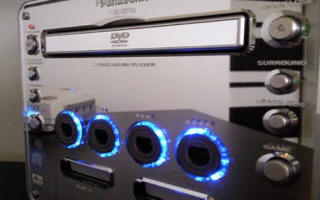 |
|
by Marriott_Guy |
|
|
During the development of their GameCube gaming system, Nintendo partnered with Matsushita-owned Panasonic to manufacture the disc
drive for their console. As part of this agreement, a license was issued to Panasonic to be able to utilize the base GameCube software
technology for their own system, if they chose to do so. Needless to say, Panasonic decided to exercise this contract clause and
released one of the most visually attractive hardware units of all time - the Panasonic Q. Debuting just three months after its parent
in December, 2001, this system ultimately proved that the old adage "looks aren't everything" was true - especially if not priced
correctly. Released exclusively in Japan, the Panasonic Q was developed to address the fact that the GameCube's main competitors, the Sony PlayStation 2 and shortly after the Microsoft Xbox, supported DVD movie playback out of the box while Nintendo did not incorporate this feature into its machine. Hoping to capitalize on this supposed oversight, the Panasonic Q was born. This was Nintendo's second attempt at licensing game hardware technology to a third party manufacturer, the first being the Sharp Twin Famicom. The initial venture did not prove to be successful for neither Nintendo nor Sharp. History would once again repeat itself with this new partnership with Matsushita. |
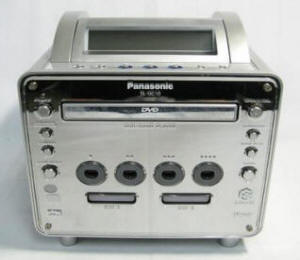 |
|
As stated earlier, the Panasonic Q is one of the most striking consoles ever released. Sporting a mirrored front facing with a
scratch-protective coating, the overall design is extremely advanced and crisp. Soft-touch buttons line the respective left and right
sides and give quick access to sound, game and other options. The subtle but tasteful use of the Panasonic label is centered at the
top of the main interface, with a smooth front loading DVD\GC hybrid player residing just below. Four controller ports, accented with
neon ice-blue lighting around their circumference, are featured across the front of the unit with two standard GameCube memory card
slots lying in unison just below. All button, port labeling and compatibility logos (DVD, CD, DTS, GameCube, and Dolby), are detailed
in pure white and are surprising easy to read against the reflective background. Standard DVD buttons and controls are located on the
top of the unit, along with the most stunning feature of the Panasonic Q - the backlit LCD display. This message center has a
futuristic look and provides relevant data (mostly on DVD play). The 'Hello' and 'Goodbye' sequence that is displayed when powering
on\off the system is also a nice touch that further exemplifies the extra care that was put into its design. Technically, the gaming hardware in the Panasonic Q is identical to the Nintendo GameCube. There are literally no variations - please see the overview of the Nintendo GameCube for these details. That being said, owners of the Panasonic Q will enjoy the following audio enhancements over their GameCube brethren: Dialog Enhancer, Cinema, Surround and Bass Plus. All of these audio modes modify or boost a respective frequency to produce subtle if not unremarkable effects during game and DVD play. These options do not have level adjustment or customizable settings that can be modified. This is unfortunate but really not that important considering that most televisions at the time incorporated these features anyway. |
|
| Matsushita's marketing plan was to develop a DVD player with gaming capabilities, rather than just producing a video game console. The Panasonic Q hit the mark in this area with a DVD player that exceeded the industry standards of the time. While lacking the bells and whistles of some of the higher-end players available, DVD playback is extremely detailed, displayed in bold and vibrant colors. The included DVD remote is easy to use (though all text is in Japanese) and contains the basic playback controls. At the time, the DVD player performance of the Sony PlayStation 2 and Microsoft Xbox paled in comparison. There is another bonus feature in this area - region free game and movie support. The first model only supported NTSC Region 2 disks and Japanese-released GameCube software. After a very short period of time, a second model was made available that fully supported NTSC Regions 1 through 6 as well as USA game disks. Unfortunately, there was no official PAL released unit and VCD playback is also not supported. |
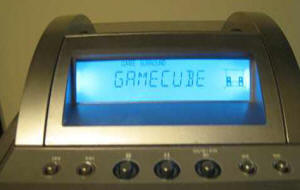 |
|
While the advantages of owning the Panasonic Q over the Nintendo GameCube are significant, the decision to purchase one was not an
easy task in 2001. The first release debuted at $439 USD (equivalent to $545 USD in 2007) and the multi-region version could be yours
for $499 ($635 USD in 2007). This price point severely limited the potential buying market, especially since the GameCube and a
separate DVD player could be purchased for less. With excellent DVD playback, multi-region media support, audio enhancements and its stylish look, the Panasonic Q is a definite upgrade to its Nintendo GameCube parent. Since the system was released in limited quantities, be prepared to spend a good amount to acquire one. A CIB (complete in box) unit will cost you around $200 to $300 dependant upon condition. Compare this to being to get a comparable GameCube system for around $20. If you are just looking for a video game console, the advantages of the Panasonic Q really can not be justified. For the collector, this system will definitely stand out on your gaming shelves. |
|
|






 2010s - NOTES
2010s - NOTES


 MODELS
MODELS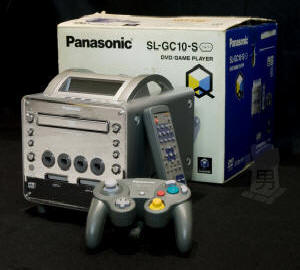
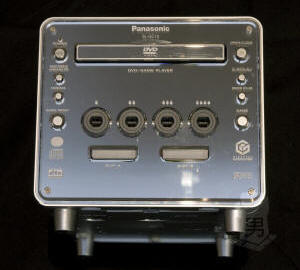
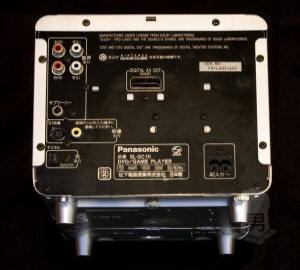
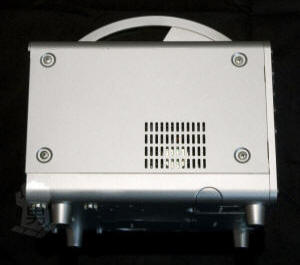
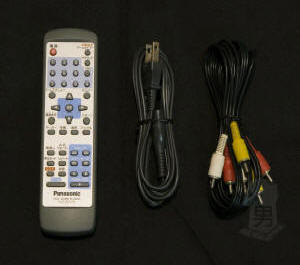
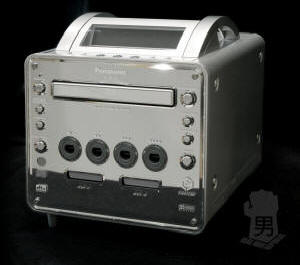
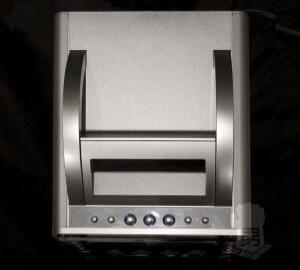
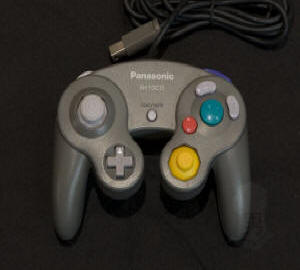
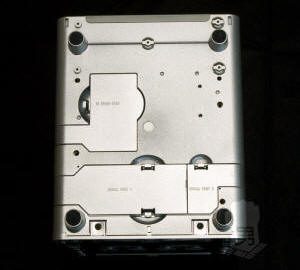
 CLONES
CLONES CONSOLE RATINGS
CONSOLE RATINGS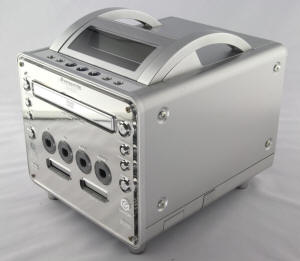
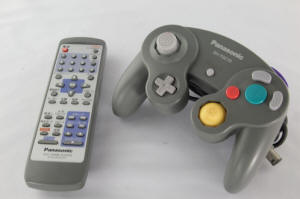
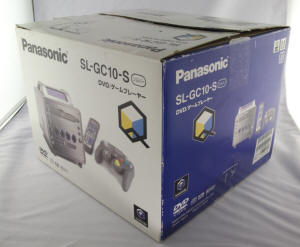
 SPECS & MANUALS
SPECS & MANUALS WEB RESOURCES
WEB RESOURCES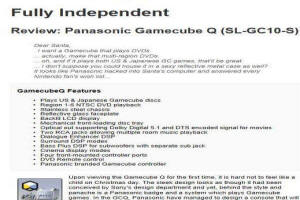
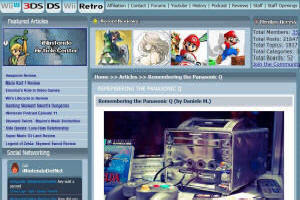
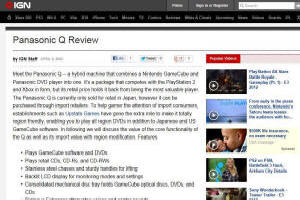
 DISCUSS
DISCUSS